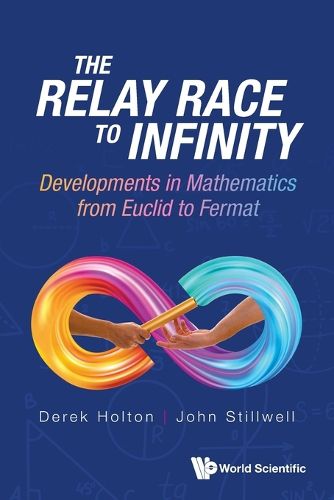Readings Newsletter
Become a Readings Member to make your shopping experience even easier.
Sign in or sign up for free!
You’re not far away from qualifying for FREE standard shipping within Australia
You’ve qualified for FREE standard shipping within Australia
The cart is loading…






This title is printed to order. This book may have been self-published. If so, we cannot guarantee the quality of the content. In the main most books will have gone through the editing process however some may not. We therefore suggest that you be aware of this before ordering this book. If in doubt check either the author or publisher’s details as we are unable to accept any returns unless they are faulty. Please contact us if you have any questions.
Why were most historically important mathematicians wealthy? Why were they often lawyers and many had pastors for fathers? Why were original results sometimes discovered by two mathematicians independently within a short time of each other? Why did the Italian Fibonacci, speak Arabic?It all began a couple of years ago, when one of the authors started to write short biographies of important historical mathematicians for the teaching journal Australian Primary Mathematics Classroom. It was felt that teachers generally knew very little about the way the subject developed or the people who developed it. And it was felt that historical knowledge would help them see how the subject progressed and enable them to fit in with the historical episodes that would be of interest to students.Clearly, the book that developed contains mathematics up to the 17th century, but we are keen to set the subject in those times, to try to give short biographies of the people involved, as well as provide a perspective of the events that led up to the times and led up to the mathematics. Importantly, it is shown that the maths enterprise was not undertaken by a small few, but worked like a relay race. One or a few might take up an idea and develop it, but it often gets only so far. Later, others would take up the idea, the baton, and the relay race to find results continues.
$9.00 standard shipping within Australia
FREE standard shipping within Australia for orders over $100.00
Express & International shipping calculated at checkout
This title is printed to order. This book may have been self-published. If so, we cannot guarantee the quality of the content. In the main most books will have gone through the editing process however some may not. We therefore suggest that you be aware of this before ordering this book. If in doubt check either the author or publisher’s details as we are unable to accept any returns unless they are faulty. Please contact us if you have any questions.
Why were most historically important mathematicians wealthy? Why were they often lawyers and many had pastors for fathers? Why were original results sometimes discovered by two mathematicians independently within a short time of each other? Why did the Italian Fibonacci, speak Arabic?It all began a couple of years ago, when one of the authors started to write short biographies of important historical mathematicians for the teaching journal Australian Primary Mathematics Classroom. It was felt that teachers generally knew very little about the way the subject developed or the people who developed it. And it was felt that historical knowledge would help them see how the subject progressed and enable them to fit in with the historical episodes that would be of interest to students.Clearly, the book that developed contains mathematics up to the 17th century, but we are keen to set the subject in those times, to try to give short biographies of the people involved, as well as provide a perspective of the events that led up to the times and led up to the mathematics. Importantly, it is shown that the maths enterprise was not undertaken by a small few, but worked like a relay race. One or a few might take up an idea and develop it, but it often gets only so far. Later, others would take up the idea, the baton, and the relay race to find results continues.